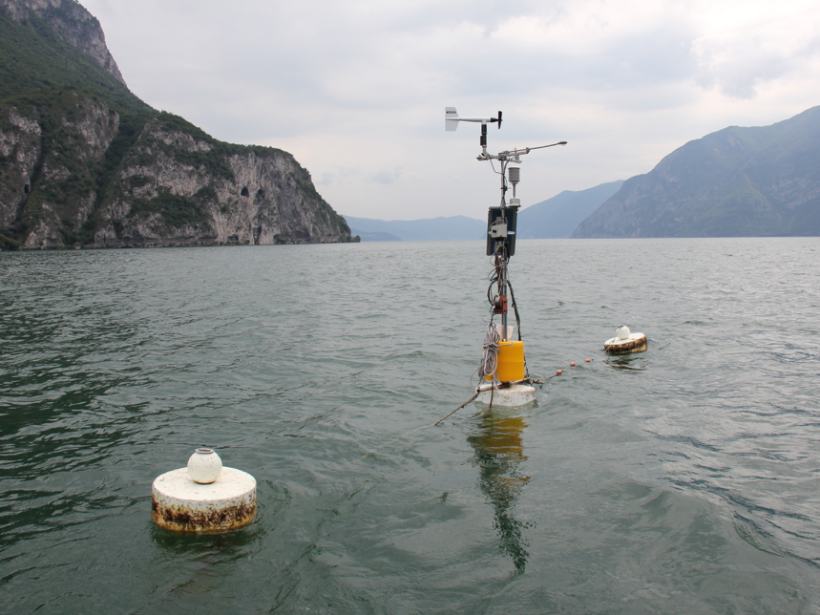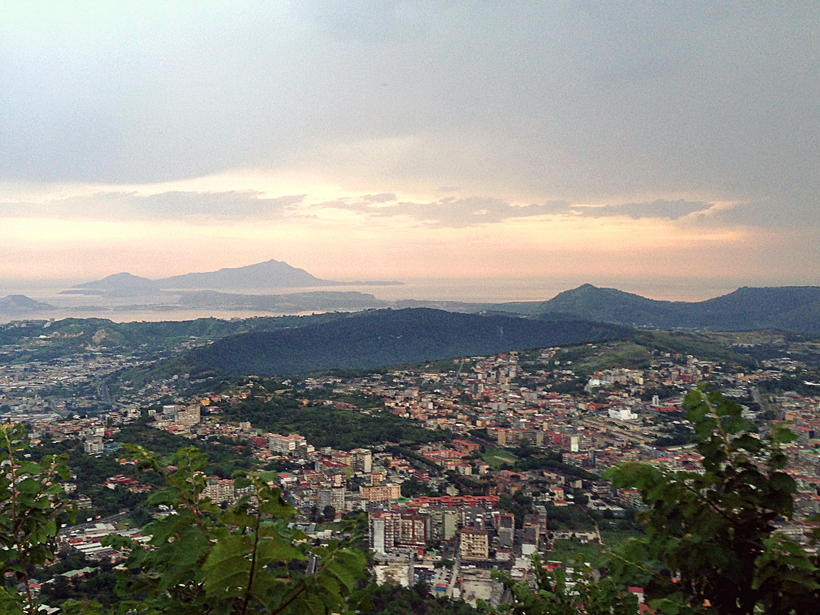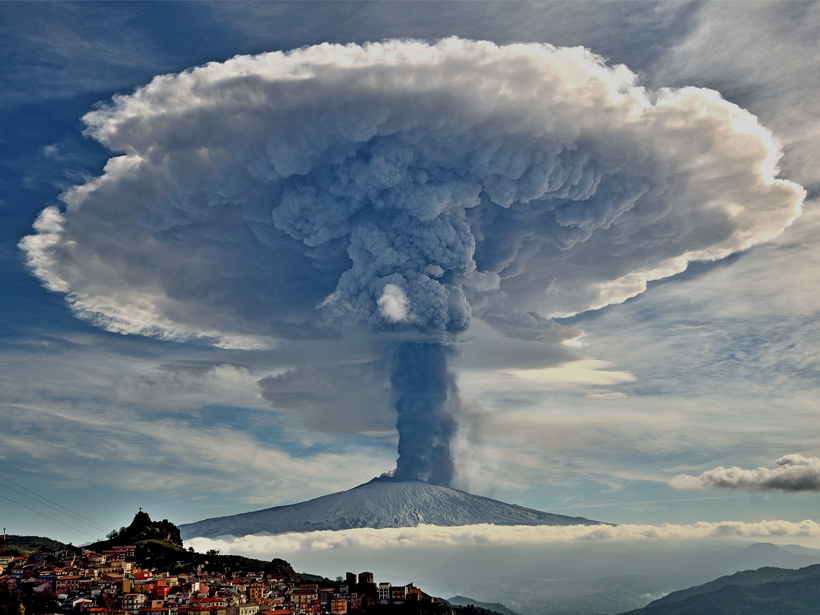A new 3-D model shows how wind affects hydrodynamic mixing in a northern Italian lake.
Italy
A Plunge into the Depths of Italy’s Lake Garda
First International Scientific Workshop on GARDEN (Lake Garda Environmental system); Trento, Italy, 2 February 2017
Faulty Assumptions Impair Earthquake Hazard Assessment in Italy
Along faults in the Central Apennine Mountains, weather and landslides may cause rock exposure that is mistakenly attributed to earthquakes.
An Improved Model of How Magma Moves Through the Crust
Researchers have developed a new numerical model that can, for the first time, solve for both the speed and the path of a propagating dike.
Exploring Ancient Ocean Acidification in the Rock Record
Scientists studying Earth's ancient oceans use a new method to measure ocean acidification and its effect on extinction events.
Deep Drilling Reveals Puzzling History of Campi Flegrei Caldera
Results show that caldera collapse attributed to a super eruption almost 40,000 years ago was smaller than what scientists expected. So what might have really happened?
When Might the Campi Flegrei Caldera Erupt Again?
The clock may be ticking for Italy's Campi Flegrei caldera, a region with a pattern of numerous and sometimes large explosive eruptions. The next explosion could be less than 100 years away.
Does Geothermal Exploitation Trigger Earthquakes in Tuscany?
For the past 25 years, power production has been accompanied by a small but steady increase in seismicity near geothermal wells. A new project seeks to explore why.
Understanding Volcanic Eruptions Where Plates Meet
A new project elucidates the relationships between tectonics and volcanic systems and how they influence hazards on Italy's Mount Etna and Vulcano and Lipari islands.
Can We Predict How Volcanic Ash Disperses After an Eruption?
Researchers investigate what factors influence how particles from a plume spread following a volcanic eruption.










